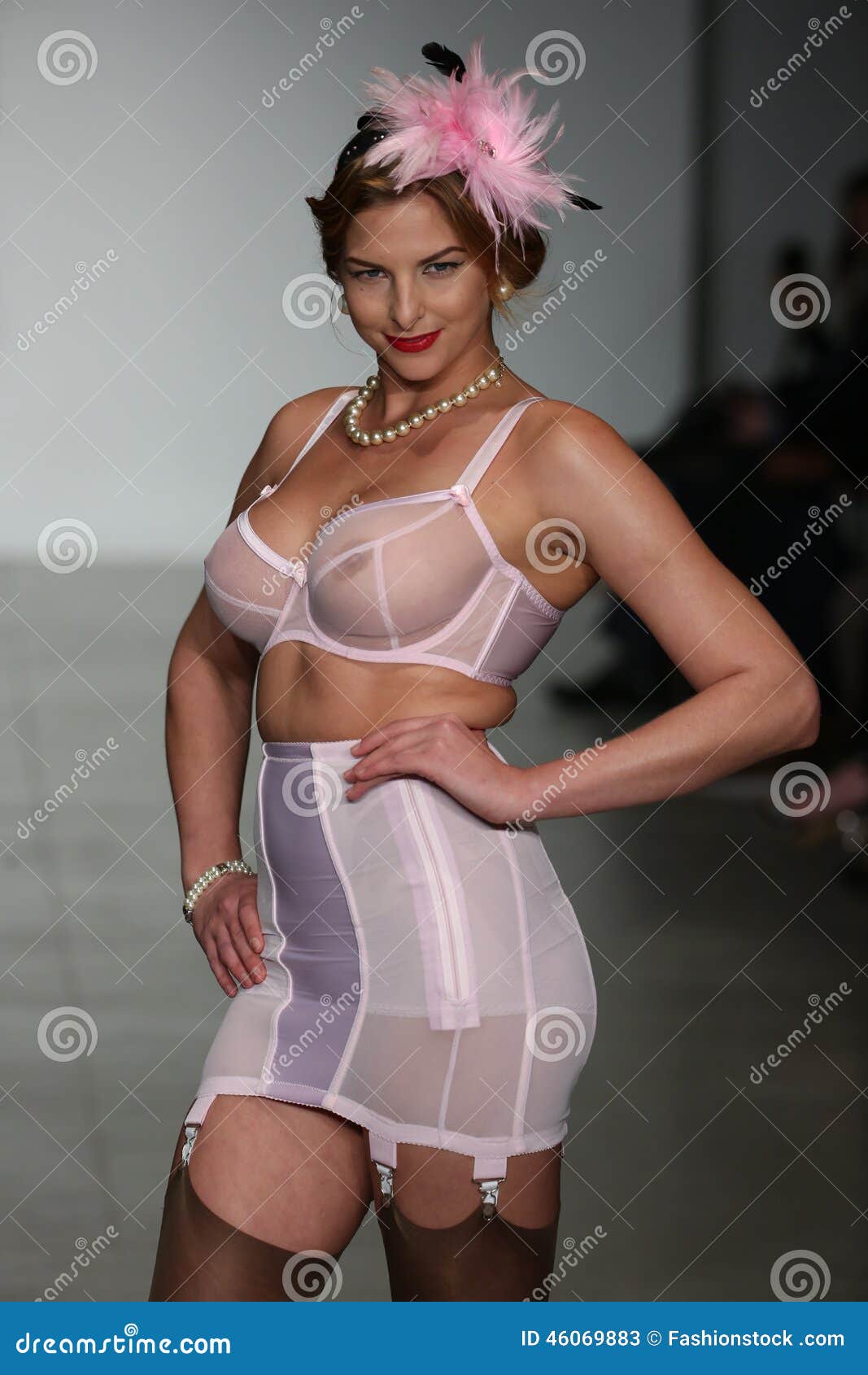

The brand has also established a global fund for women’s cancer programmes to support the advancement of cancer research “for women, by women,” launched an original podcast called VS Voices, and collaborated with a female-focused non-profit to develop a leadership-development programme for its female employees to help “identify and achieve their purpose”.Īlthough the seeds are beginning to sprout, it is debatable if they have blossomed. She also mentioned that a change in creative director was also led by an entirely new board of directors that consists of seven people, six of whom are women. “We are acknowledging women at every stage of their lives, and that’s what’s driving all of us,” said chief design officer Janie Schaffer in an interview. These were all significant steps in helping and uplifting a range of new, underserved clients. Additionally, the firm debuted a collection of mastectomy bras in October, another first for the brand. The following month, the brand announced that it would begin using curvaceous mannequins in its locations all across the country and increase the representation of different body types on its website. 1 Naomi Osaka, plus-size model Paloma Elsesser, soccer player Megan Rapinoe, actor Priyanka Chopra, and other well-known figures, the company debuted its new project, the VS Collective, in June. With body-positive role models from a variety of fields, including four-time Grand Slam champion and former World No. In 2021, Victoria’s Secret announced it would rebrand, after years of declining credibility and a mea culpa about the systematic and judgmental failures in the company’s storied past-starting with selling maternity bras. They came to represent the impossibility of physical beauty.


A “fantasy” bra-the pièce de résistance-encrusted with precious emeralds, rubies, and sapphires and accompanied by its security detail was showcased in every fashion show. The brand’s amalgamation of sex, business, and marketing-however clichéd it seemed-proved successful in the decade that followed, thanks to the marketing prowess of Edward Razek. While restricting female sexual development to the male imagination, the company made “beauty” unachievable. Instigating a version of sexiness, Raymond’s plan to persuade women to objectify themselves for their purported gratification foresaw a moment that was filthy, exclusive, and consumerist. However, Victoria’s Secret, more than any other cultural figure or commodity, defined what sexuality in the late 1990s and early 2000s looked like.

It seemed it was a physical representation of women’s sexual liberation in the new millennium-it was awkward, unnatural, and outright painful. In the first-ever televised Victoria’s Secret fashion show in 2001, models tried their best to walk as freely as they could in corsets and moulded bras that left no room for air, as they attempted to get the crowd to cheer for them by blowing kisses, waggling their booty, drawing hearts in the air, and waving. He named the store ‘Victoria’ to evoke the propriety and respectability of the Victorian era, and though she appeared to be well-bred, Victoria had some ‘secrets’ that were kept hidden. In Palo Alto, California, Raymond decided on a subtly Victorian aesthetic for his first store, which was an amalgamation of dark wood, oriental rugs, and silk draperies-all of which were his re-imagination of a Victorian boudoir. Victoria’s Secret was founded in 1977 by Roy Raymond, a former marketer for Vicks, who allegedly felt uncomfortable buying lingerie for his wife from established retailers and believed there might be an undiscovered market for ostentatious underwear sold in more inviting settings. And, in 2020, a New York Times investigation found the brand guilty of widespread bullying and harassment of its employees and models, six months after which Edward Razek, the chief marketing officer of the brand, stepped down due to sexual misconduct allegations.īut how did it get to this? How did one of the world’s largest retail and beauty brands, which heavily relied on consumer imagination and aspirations of women, go from being the aggregator that colonised those women’s wardrobes to becoming a brand that stopped seeding across borders with a shrinking empire? Brands decided to press pause on its annual high-fashion outings. So, in 2019, after poor viewership of the shows and controversies surrounding the brand, parent company


 0 kommentar(er)
0 kommentar(er)
